Treasures from the Royal Commonwealth Society
A new online exhibition offers extraordinary insights into the Commonwealth and Britain's former colonial territories.
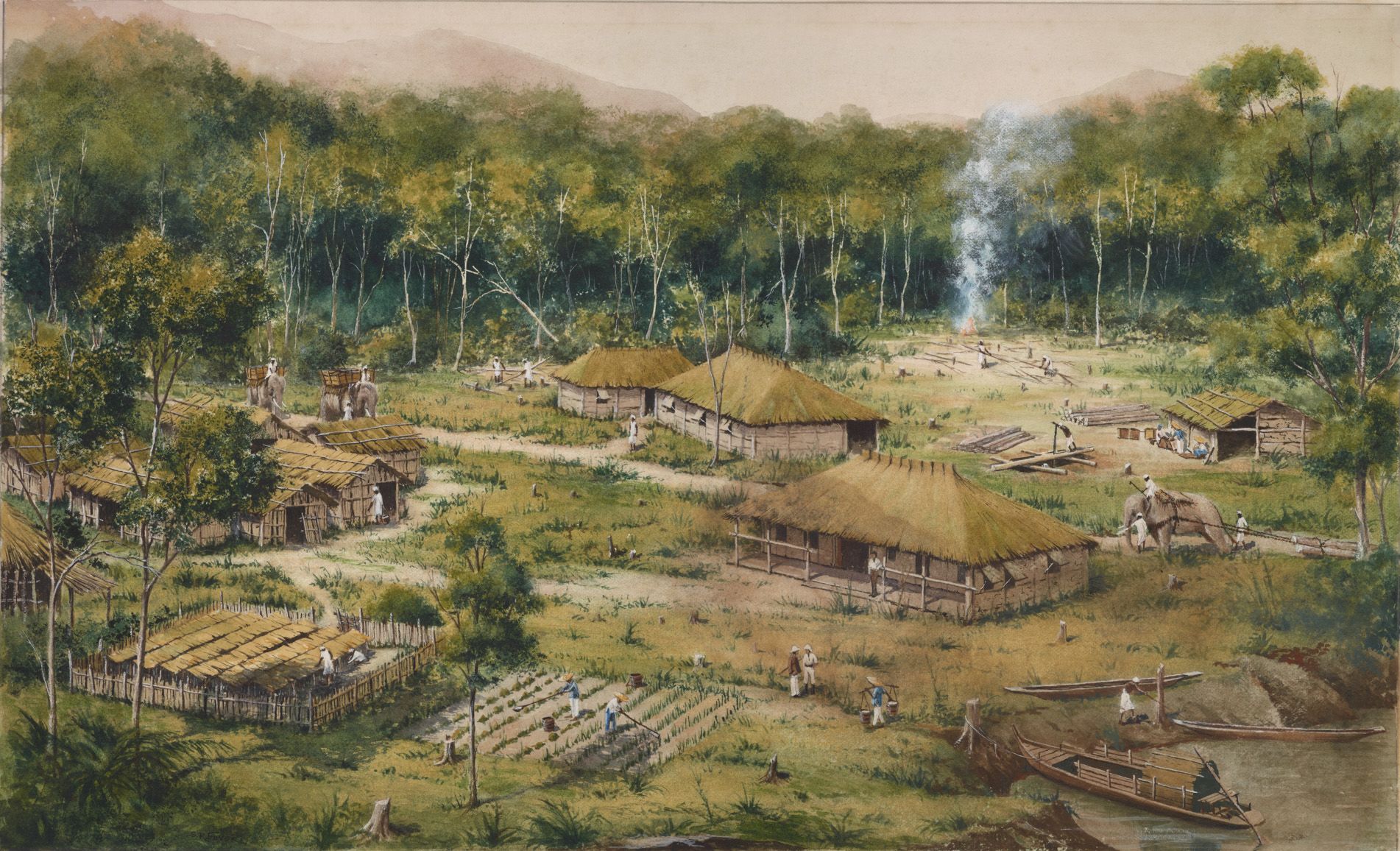
The exhibition celebrates the 150th anniversary of the Royal Commonwealth Society (1868 – 2018) and the 25th anniversary of its library and archives becoming part of Cambridge University Library.
The collection includes 300,000 printed items; over 800 archival collections - including manuscript diaries, correspondence, pictures, artefacts, cine films, scrapbooks and newspaper cuttings - and over 120,000 photographs.
These extraordinary items were amassed by the Colonial Society and its successors (the Royal Colonial Institute, the Royal Empire Society and the Royal Commonwealth Society) between its foundation in 1868 and 1992, when the collection was acquired by Cambridge University Library.
Since then, additional archives and photographs have been acquired by donation, and projects are underway to make these accessible to the public.
The exhibition of 100 newly-digitised images showcases the international breadth and visual richness of the archives. Some images document important events in the history of the Society, others major architectural or engineering feats.
Many items record incredible changes to natural environments or urban landscapes. Others tell very personal stories, record every-day life, document journeys across continents or capture the horrors of war.
This story picks out 11 human-interest highlights from the exhibition.
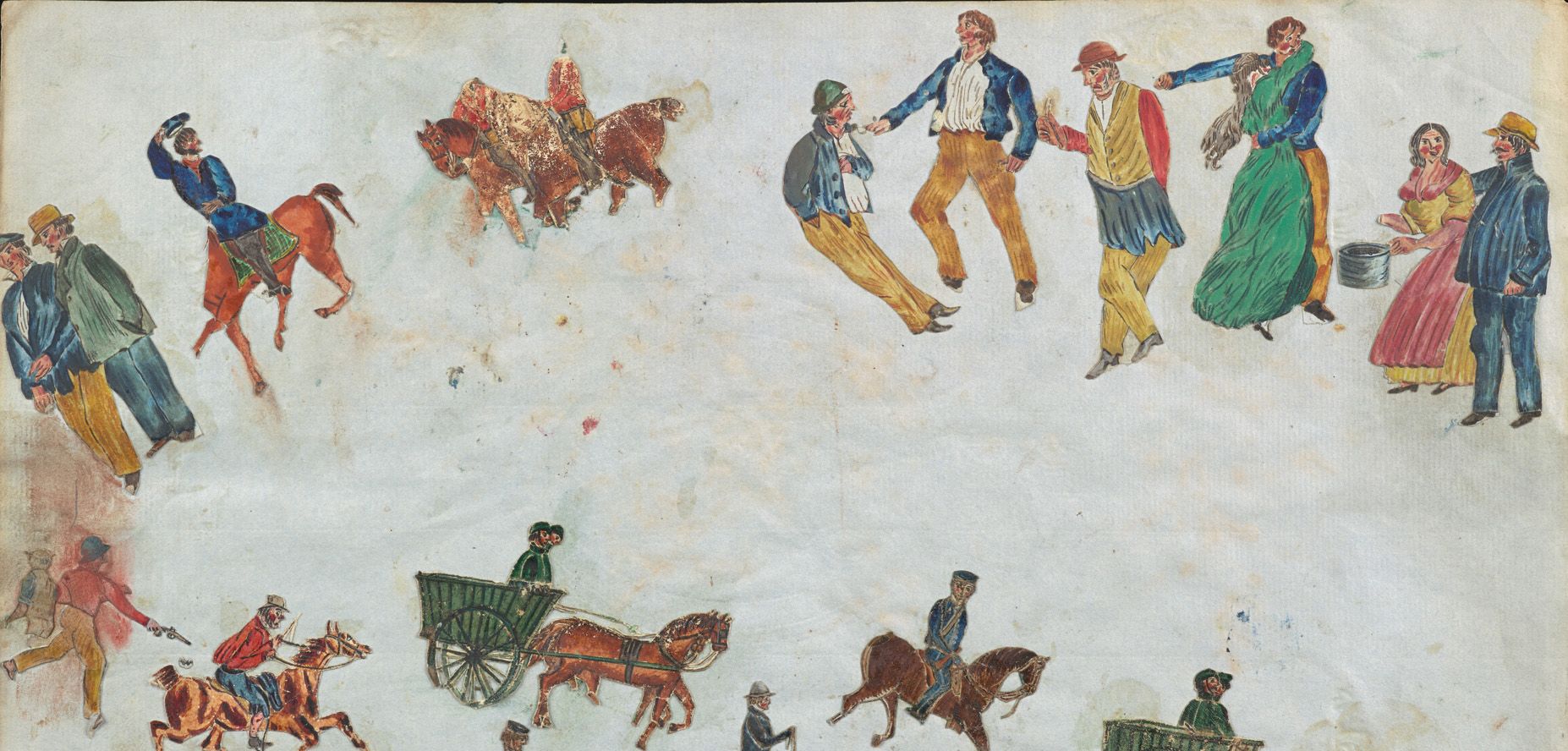
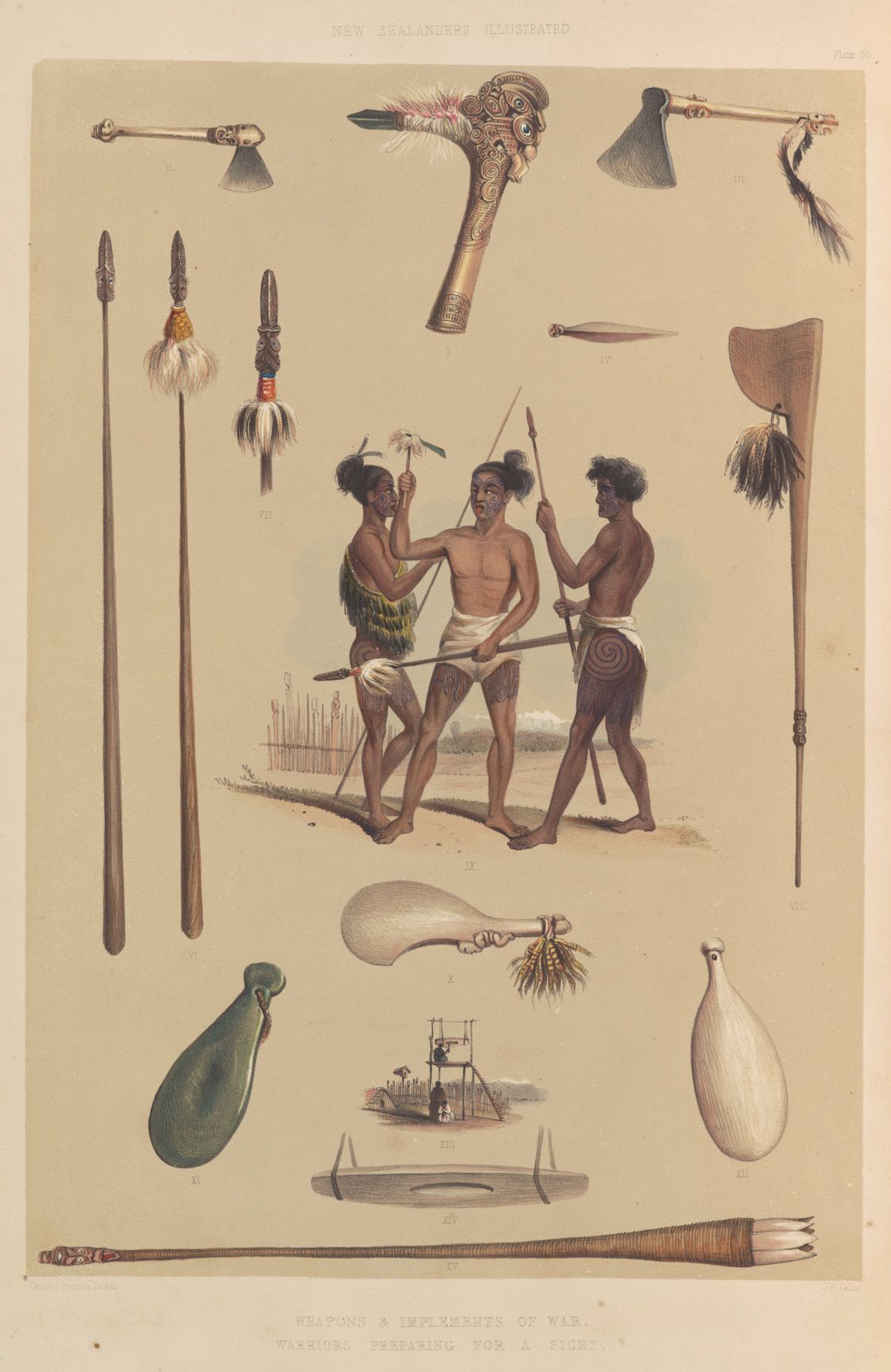
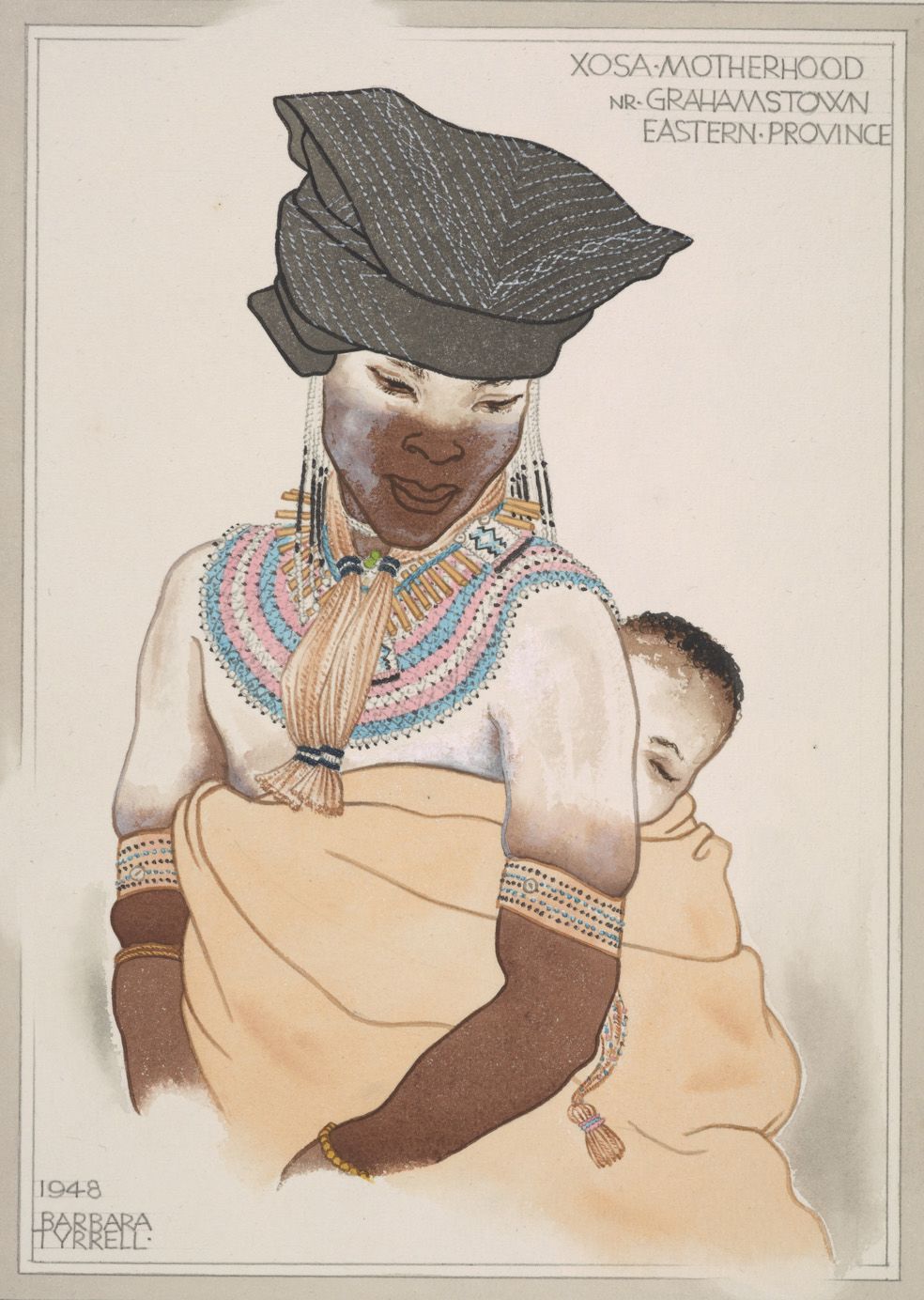
Ethnography
The exhibition includes stunning artwork from two artists who recorded the costume and material culture of the peoples of southern Africa and the Maori of New Zealand.
Weapons and implements of war: warriors preparing for a fight (1847). George French Angas sailed from South Australia to New Zealand in 1844 and set about exploring the recently established colony. Angas met a number of leading Maori, who sat for portraits, and he completed many pencil drawings and watercolours of Maori dress, artefacts and dwellings.
In 1847 he published The New Zealanders Illustrated, which contained hand-coloured lithographic plates. The volume is a significant early source for understanding the traditional Maori way of life.
This image features several weapons including a tomahawk belonging to the Chatham Island chief and a wooden staff featuring a tongue used to insult enemies.
Xosa motherhood, Grahamstown (1948). Barbara Eleanor Harcourt Tyrrell was born in 1912 in Durban and grew up in Zululand. Her father was an assistant magistrate and later interpreter in the Department of Native Affairs. Tyrrell trained as an artist at the University of Natal during the 1930s and worked for a time in London in fashion drawing. She returned to South Africa and settled in Richmond.
Her interest in the rich and diverse dress and adornments worn by the peoples of southern Africa inspired her to document them at a time of increasing modernisation and westernisation. Tyrrell embarked upon her first field trip in 1934, and by the 1960s, had recorded the costume and customs of virtually all of southern Africa's peoples.
This watercolour is one of sixty original watercolours which were presented to the Royal Empire Society by Dr Killie Campbell and Mrs Gladys Hepburn in 1950. Tyrrell captioned the image:
“The sign of recent marriage amongst women of Xosa tribes, is the black head swathing or “eiya” worn low over the eyes. Until the child is weaned its face is decorated with white, the mother’s face, shoulders and upper arms being treated in similar fashion. The wide bead collar is a common Xosa form of adornment, the necklace of large wooden beads being a health charm for the child. These health charm necklaces assume many forms and are worn from Port St. John to Port Elizabeth by all conscientious mothers.”
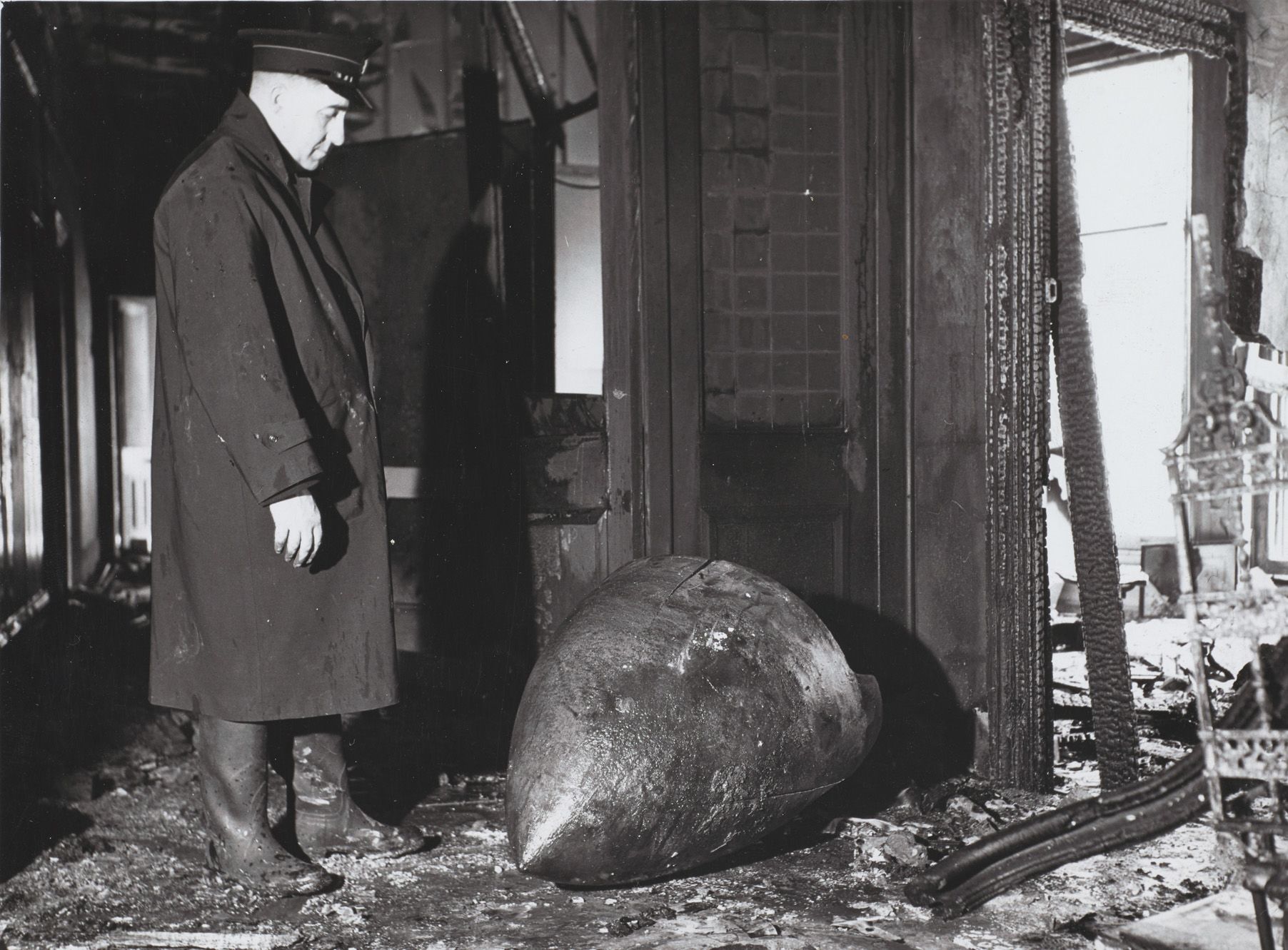
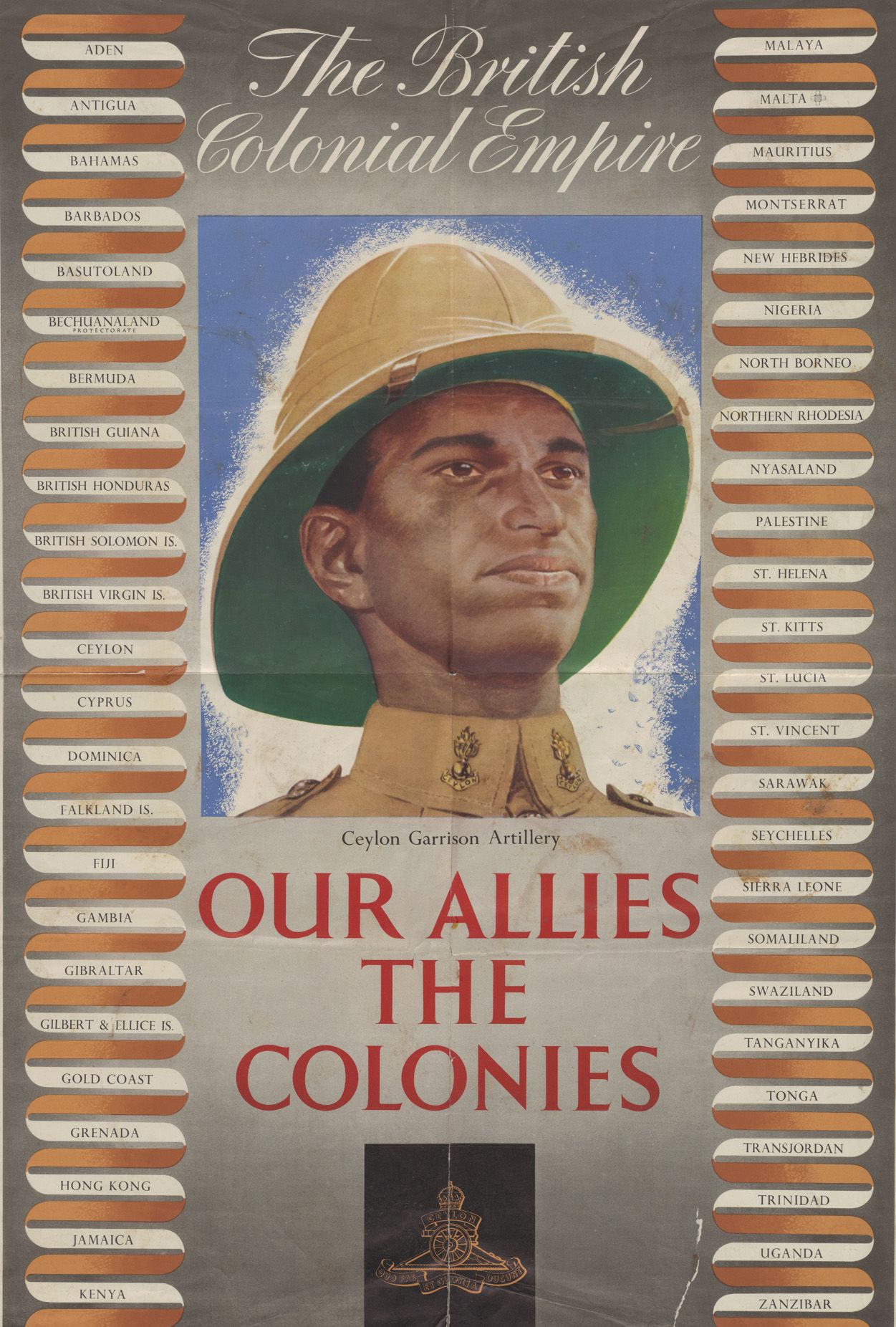
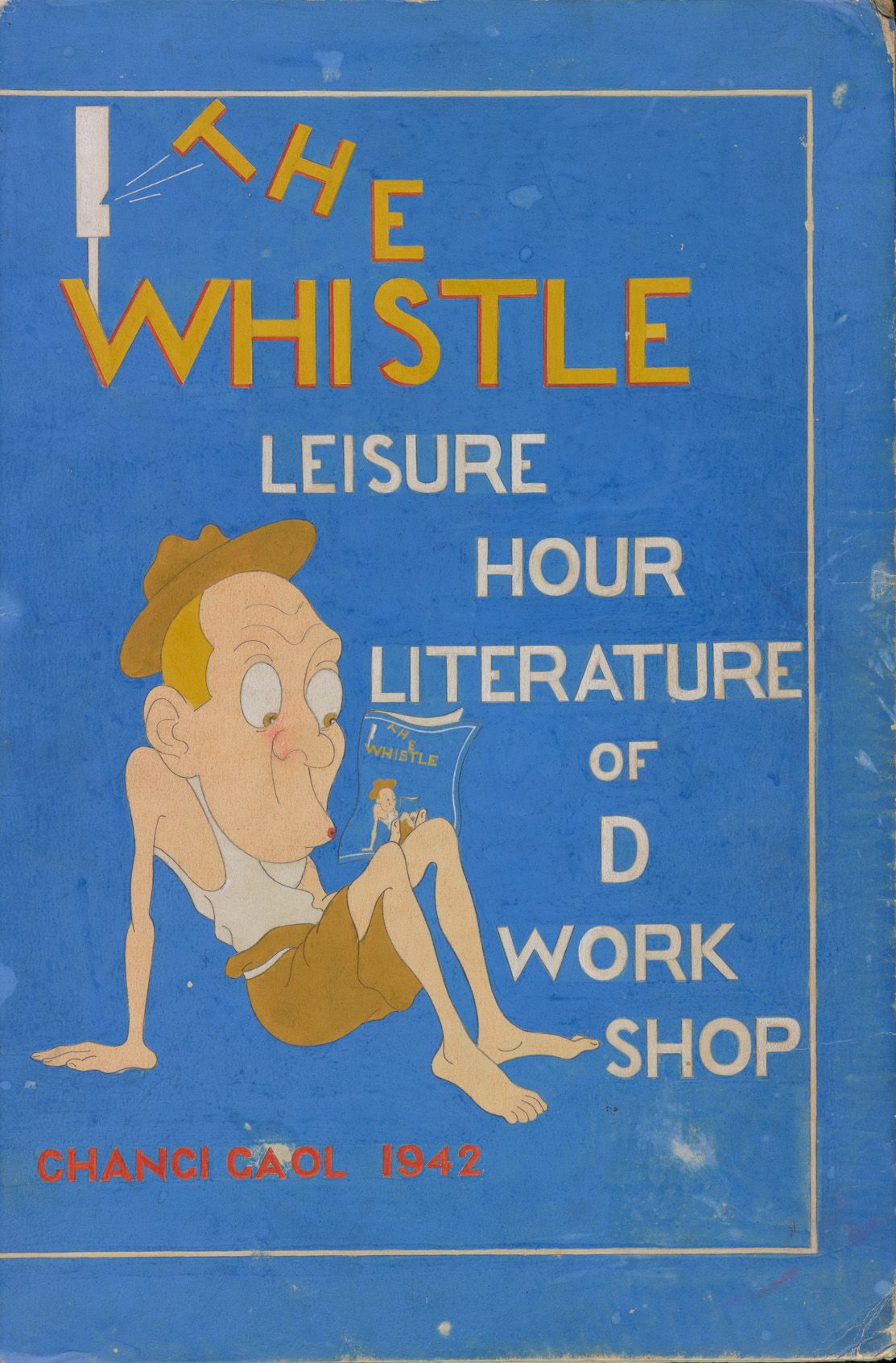
The World Wars
The exhibition presents a number of fascinating items relating to the RCS and the Commonwealth’s contribution to the Allied war effort in both World Wars.
A fireman with the head of a bomb (1941). This photograph shows a London fireman inspecting the nose of a two-ton high explosive bomb which landed in the Society’s Northumberland Avenue headquarters on the night of 16 April 1941. The building was severely damaged again on the night of 10 May 1941. An estimated 35,000 volumes and 5,000 documents were lost. The building reopened within a few weeks but restoration was not completed until 1957. The nose of the bomb was displayed on the second-floor landing.
Our Allies, the Colonies (c.1942). This propaganda poster from the Second World War lists Britain’s 49 colonies. A soldier from the Ceylon Garrison Artillery takes pride of place in the centre, and his regimental badge appears below. A similar poster in the collection portrays a soldier from the Royal West African Frontier Force.
The Whistle (1942). The RCS holds the archives of two Second World War civilian internment camps established by the Japanese at Singapore, Changi Gaol and Sime Road. The collection also includes material relating to prisoners of war.
The library has digitised an incredibly poignant recent donation, the only copy ever produced of the magazine The Whistle, created by the POWs of Changi Gaol’s D Workshop towards the end of 1942. It was inspired and edited by Adrian Clark, a pre-war legal advisor to the Federated Malay States government, who tragically died during internment. ‘The Whistle’ was secretly printed and bound in the Gaol Printing Shop and carefully hidden. Miraculously it survived the war and was presented to Clark’s widow Marguerite.
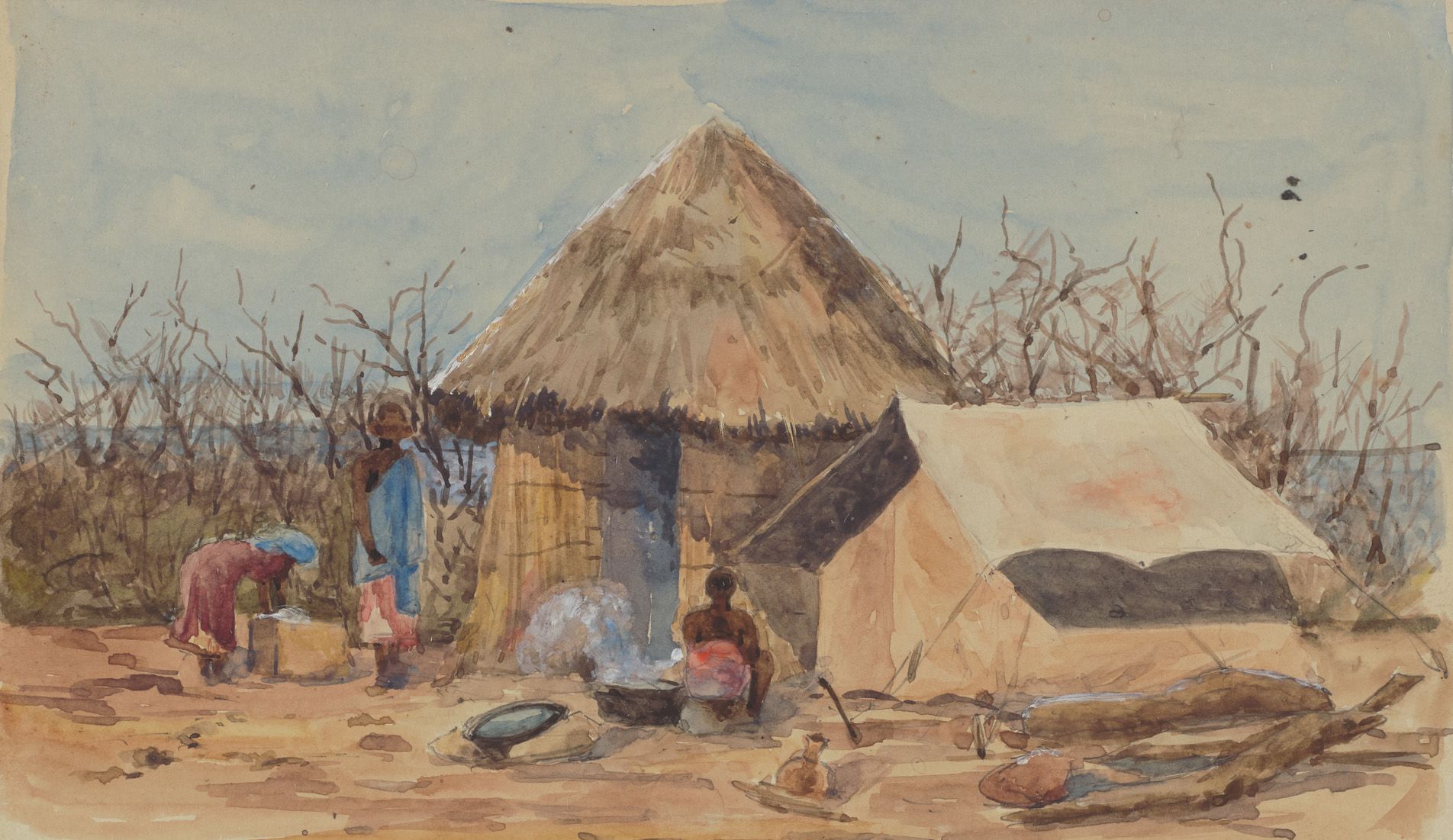
Women
The exhibition demonstrates the varied and fast-changing roles played by women in in the nineteenth and twentieth centuries.
Molo Camp. In 1900, Annie Emma Allen travelled to Uganda where she began her career as an honorary missionary with the Church Missionary Society. Allen documented her long and arduous journey by steamer, rail, bicycle, foot and sail in an album containing 66 atmospheric watercolours. They provide vivid impressions of the people and places she encountered.
In this watercolour of Molo Camp in Boma, Uganda, Allen records the small tent where she spent the night with four other women “like sardines in a tin … lying on mule rugs”.
Allen would serve as a CMS missionary in Uganda for the next 25 years, teaching and working in hospitals and dispensaries, before retiring in 1926, at the age of 73.

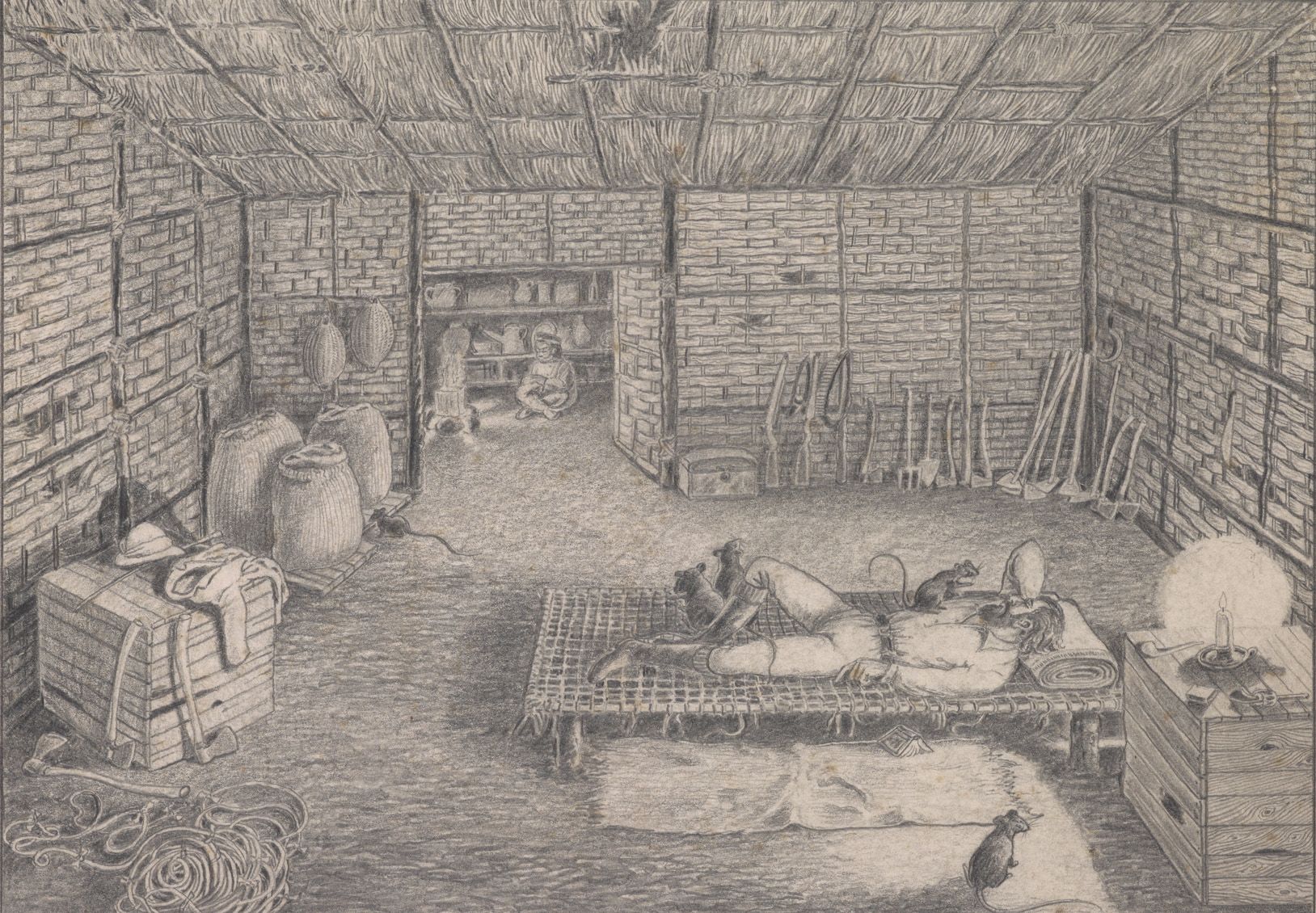
Resources: Tea
The RCS holds an important collection of artwork and photographs documenting the early development of the tea industry.
These items dramatically portray the ingenuity, enterprise and endurance of the pioneering planters, who confronted a host of challenges in establishing the first tea estates in Assam, India, from 1836 and in Ceylon [Sri Lanka] after 1869.
The early stages of the Assam Company’s headquarters at Nazira (1983). This carefully researched watercolour by Sidney Fever recreates the Assam Company’s headquarters at Nazira as it would have appeared during the early 1840s. Details include tea nurseries and factory buildings, accommodation for the labour force and superintendents, and the transport of green leaf or tea boxes by elephant and country boat.
Planter asleep on his rope bed (1980). Clearing the jungle in remote, mountainous regions entailed hard work, danger from disease and wild animals, isolation, harsh living conditions, and considerable financial risk. This pencil drawing graphically illustrates a rough thatched hut, which was often the only shelter initially enjoyed by early planters. The scene could have been inspired by the experience one of the pioneers who wrote: "the rats simply swarmed, and at nights they came forth from their hiding places and ate up everything within their reach … getting so bold that one woke me up by actually sitting on my forehead".
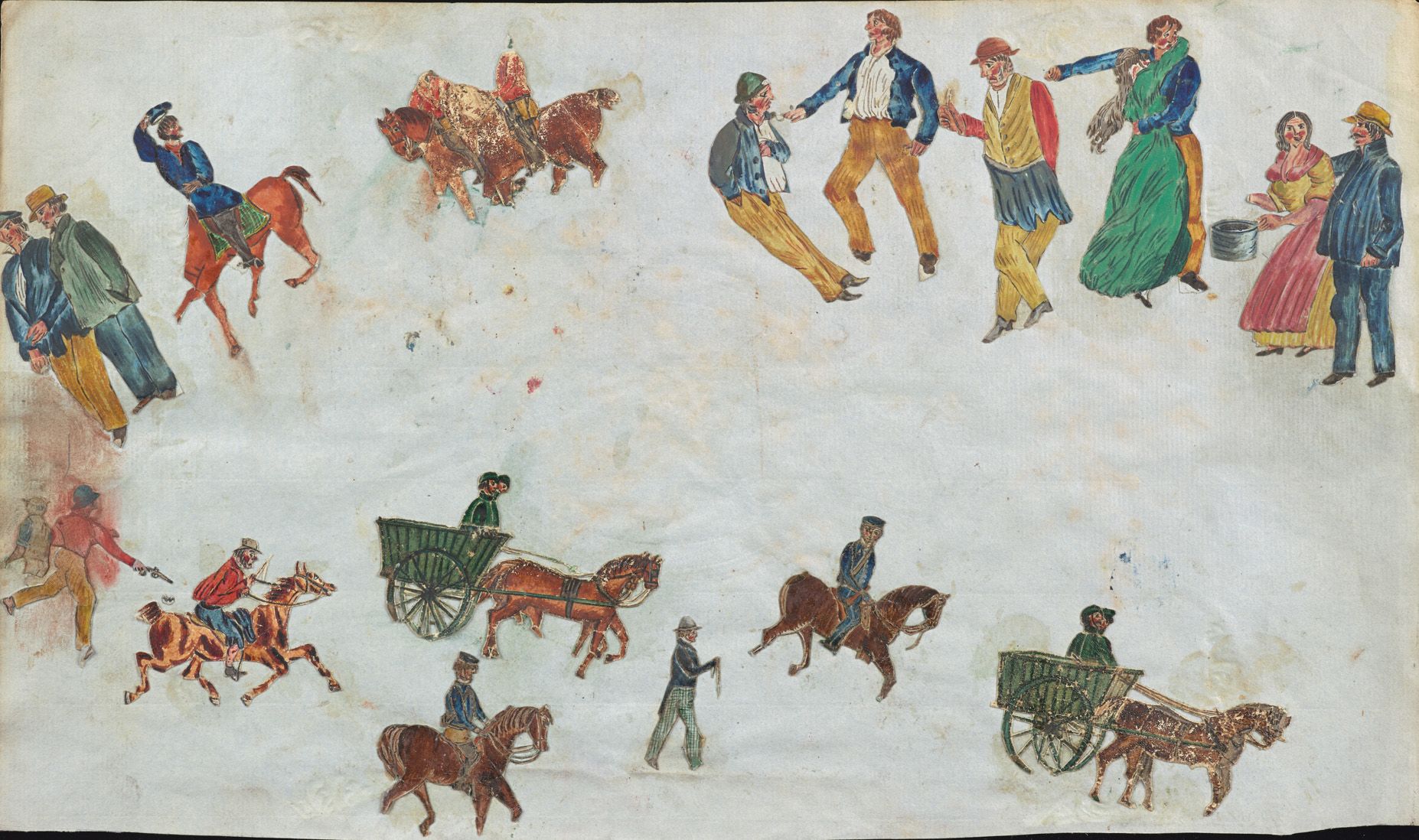
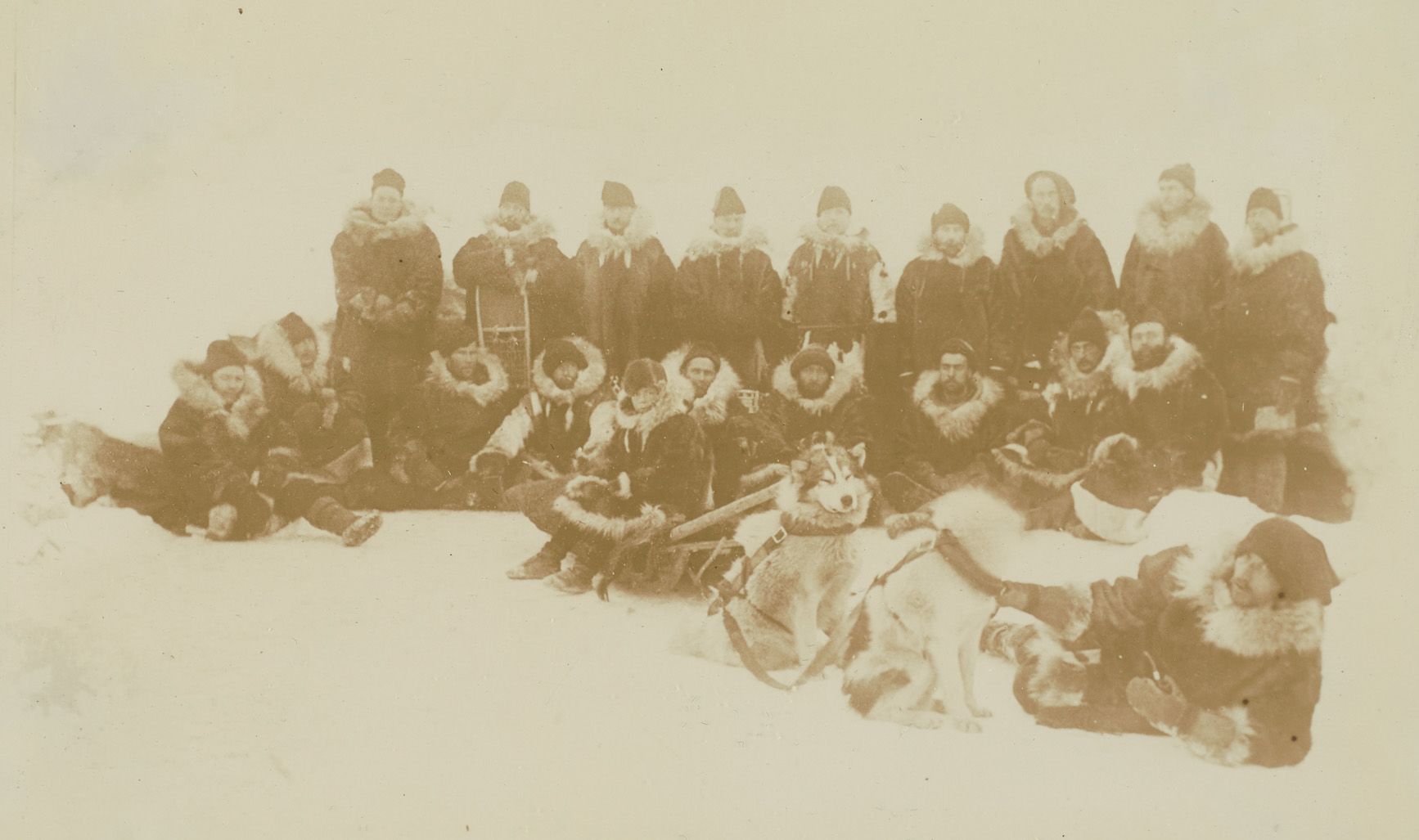
Resources: Gold
The discovery of gold encouraged economic and population growth in many Commonwealth countries during the nineteenth century.
Gold rush watercolours (c.1851). These small painted figures, animals and scenes illustrating the Australian gold rushes were created by an unknown artist. The donor recorded: "They were given to my mother in Adelaide at the time of an early gold-rush by a local artist about the year 1851."
They may be the work of George Hamilton (1812–83), who emigrated to Australia from England in 1839 and became a clerk in the South Australian Treasury in 1848, an inspector of mounted police in 1853 and police commissioner in 1867. He was an accomplished amateur painter, poet and writer, and a founding member of the South Australian Society of Arts. The RCS miniatures are very similar in style to two painting by Hamilton depicting the arrival and departure of the gold escort from Adelaide in 1852. Gold had been discovered in the Adelaide Hills near Castambul in 1846 and at Echunga in 1852.
First detachment of North West Mounted Police sent into the Yukon (1895). The sudden influx of thousands of diggers during gold rushes, often to undeveloped frontier areas, led to the overnight creation of communities with little social organisation and cohesion. The discovery of gold in the Klondike region of Canada’s northern Yukon territory in 1896 attracted more than 30,000 prospectors inspired by ‘gold fever.’
In 1873, the Canadian government created a central police force, which was eventually named the North-West Mounted Police (becoming the famous Royal Canadian Mounted Police in 1920). Photographer John Chapman recorded its first detachment sent into the Yukon in 1895, where it would play a major role extending law and order to the northern frontier during the Klondike gold rush.
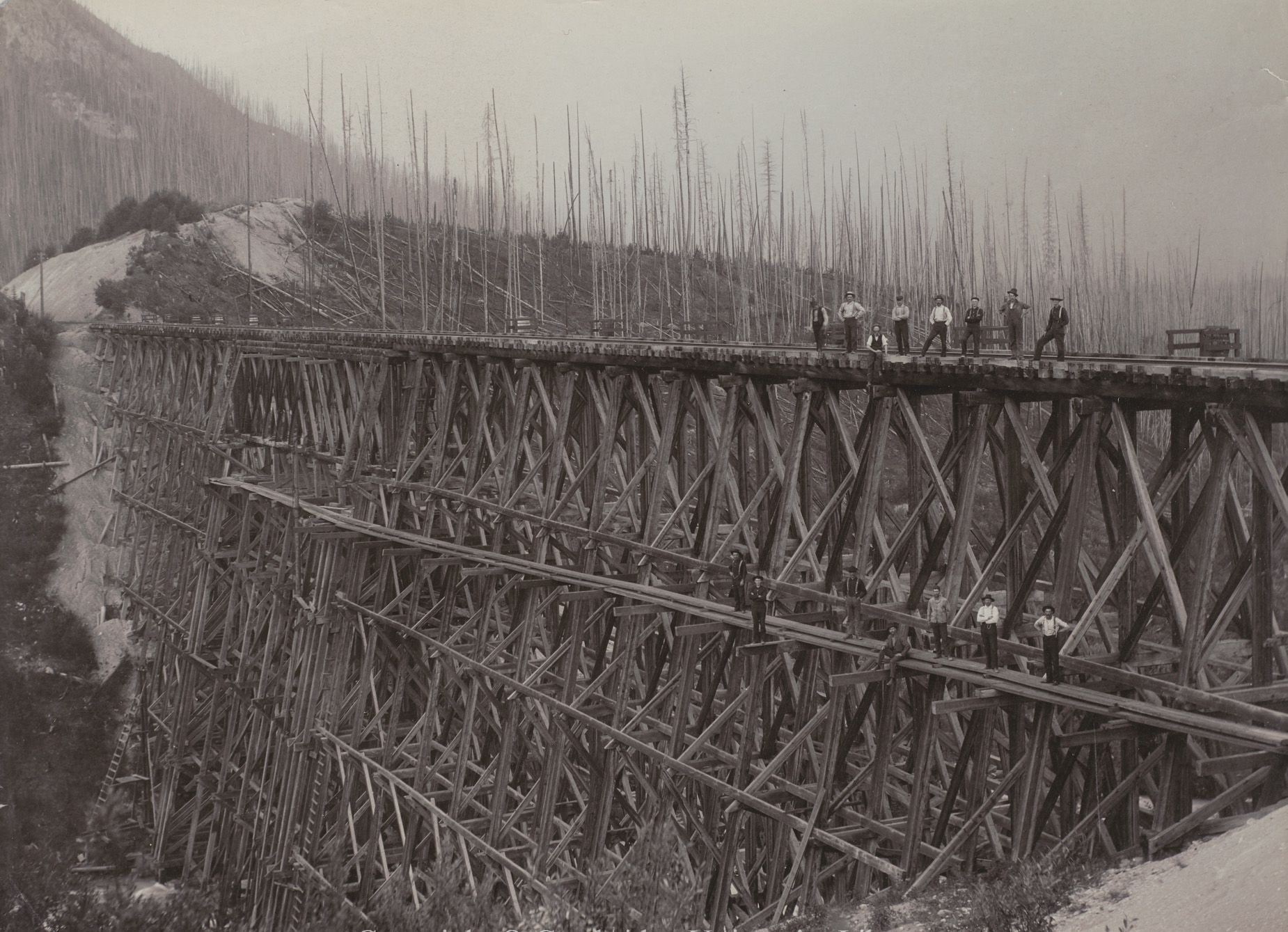
Railways
The exhibition includes striking images of early nineteenth-century railways in India and Canada, which helped to connect the diverse regions and peoples of the vast countries.
Ottertail Bridge Canadian Pacific Railway (c.1897). This photograph offers a spectacular view of one of the Canadian Pacific Railway bridges spanning the Kicking Horse Pass in the Canadian Rocky Mountains on the border between British Columbia and Alberta.
The image's creator, Richard H. Trueman, had worked as a photographer in Ontario before moving to British Columbia in 1889. Travelling widely along the expanding railway network there and in the Prairies, he photographed mountain landscapes, cities and towns, the mining industry, agriculture, and ranches well as the life and work the region’s people.
All images: Cambridge University Library

